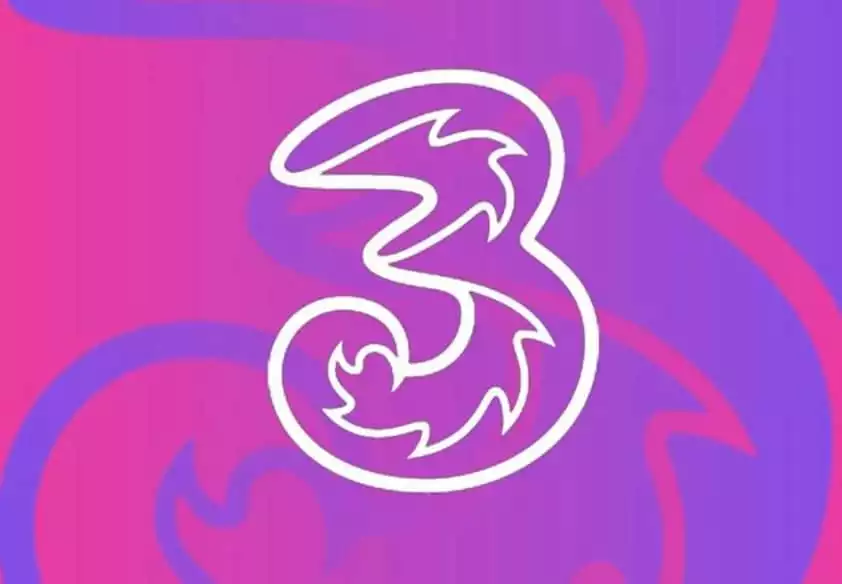If you’ve just bought a new phone from Three or you’re using one of Three’s SIM-only plans, here’s everything you need to know about activating a Three SIM card…
Activating A Three SIM
If you have a new phone or a new SIM card for your existing phone, activating the SIM is very straight forward. Make sure your phone is switched on and insert the SIM card.
Once the SIM is inserted, the process of activation is already underway – it can take anywhere from 30 minutes to 24 hours. Most of the time, though, it is in and around the 30 minutes mark.
Once the activation is complete (at Three’s end) you will receive a text message from Three. The message will tell you to turn your phone off and turn it back on again. Once you’ve done this your phone will be 100% activated and should be up and running on Three’s mobile network.
Now your SIM is active, you should see that it is receiving mobile data in the top right-hand corner. It will either say 4G or HSPA+, or 5G, depending on your location and type of connection.
Once your phone is completely activated and is up and running on Three’s network, you will receive one final activation code, confirming the activation.
How Do I Find My New Number?
If you didn’t keep your old number, your new SIM card will come with a brand new number. You can find this new number by opening your Phone’s Settings App and going to My Number – in here your new number will be listed. Make a note of note, so you don’t have to repeat this process later.
If you want to keep your old number, but you weren’t with Three before, you will have to request a PAC code from your old network and then, once you have the PAC code, call up Three’s customer support and have them apply it to your account. Again, this process doesn’t take long – no more than 10 minutes, once you have the PAC code.
How To Top Up Pay As You Go SIM
If you opted for a Pay As You Go SIM from Three, sometimes called a PAYG SIM, you’ll want to ensure that your account always has credit, so you can make calls, browse the web and social media, and send text messages.
Three makes topping up your PAYG account really simple. The fastest way to do it is through the My3 account, an app that runs on your phone (and it can be downloaded for iPhone and Android phones via the App Store and Google Play).
Once you have the My3 app on your phone, add a debit or credit card to the account. You can then use this to top up your account on the go. You can also use the My3 app to buy top-ups (or Add-Ons, as Three calls them) like more data and data and calls packages.
What’s The Difference Between a Top-Up and an Add-on?
Three’s PAYG accounts come with top-up and add-on functionality and, if you’re a new user, you might be wondering what the difference is between a Top-Up and an Add-On. Here’s how the two different methods compare:
- Top-Up – When you top-up, you get our Three’s rates, and your credit lasts until you use it up.
- Add-On – Add-ons give you more for your money than Three’s standard rates, and they last for 30 or 90 days.
Three sells a range of add-ons, and if you’re prone to using a lot of data or you always go over your monthly allowance, an add-on is probably worth a look.
For instance, you can get 24 hours of unlimited data in the UK for just £5. Or, if you need something more comprehensive, you can pay £15 and that will get you unlimited data for an entire month.
You can view Three’s full list of add-ons here. Me personally, I’d probably go for either the Unlimited Data Add-On or the 6GB Month Boost Add-On. Both are relatively cheap and both will ensure you never run out of data during the month.


